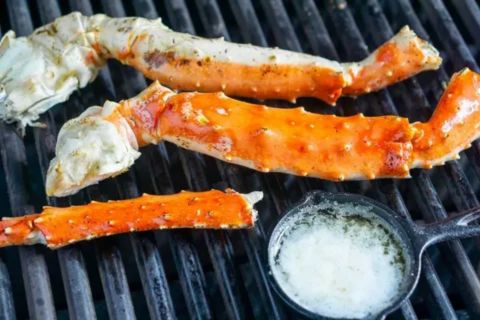Re-heating cooked lobsters how to explained. Preserve natural flavor and texture with safe reheating techniques.
Introduction
Re-heating cooked lobsters how to is a question many seafood lovers face after enjoying a lobster feast. Because lobster meat is naturally lean, it dries out quickly and can become rubbery if overheated. The key to success is reheating it just enough to bring the meat back to a safe serving temperature while preserving its delicate sweetness and tender texture.
Whether you’re saving leftover lobster tails, reheating a whole lobster, or warming claw and knuckle meat for rolls or pasta, the method you choose makes all the difference. Gentle, controlled heat keeps lobster moist and flavorful, while harsh heat strips it of its quality.
In this guide, you’ll learn the best techniques—oven, steaming, sous-vide, stovetop, and microwave—so you can reheat lobster safely and enjoy it as if it were freshly cooked.
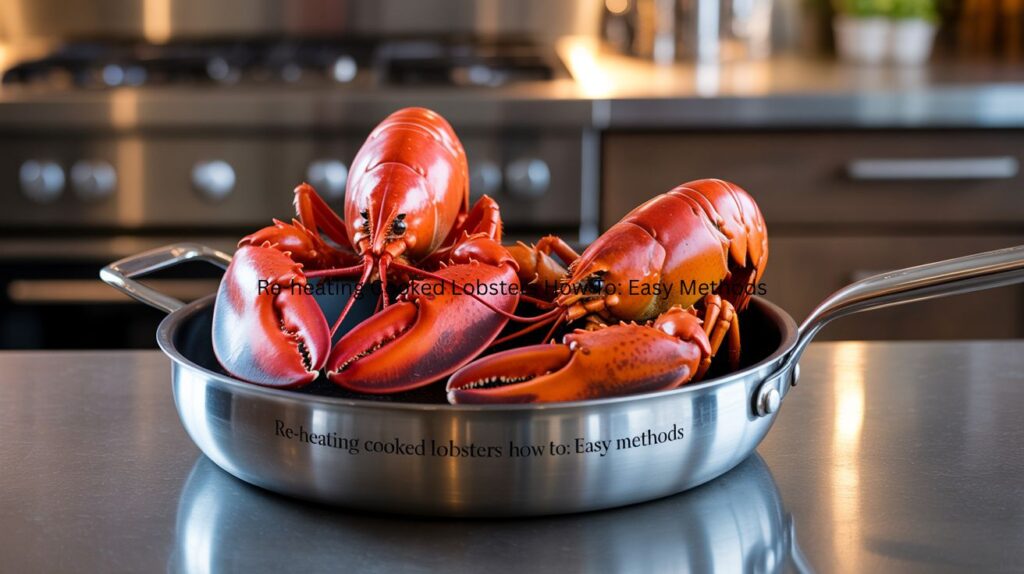
Quick Answer
If you’re wondering about re-heating cooked lobsters how to in the simplest way, the oven is the most reliable method. Set it to 325–350°F, cover the lobster with foil, and add a splash of butter or broth to keep it moist. Steaming works best for lobster tails, while sous-vide is ideal for preserving texture in shelled meat. Stovetop reheating is quick for dishes, and the microwave should only be used in emergencies..
Food Safety & Temperature Basics
| Safety Rule | Details | Why It Matters | Best Practice |
|---|---|---|---|
| Safe Temperature | Reheat lobster to at least 140°F (60°C) | Prevents harmful bacterial growth | Use a food thermometer, especially for tails or claws |
| Time Limit | Do not leave lobster at room temperature for more than 2 hours | Bacteria multiply quickly in the “danger zone” | Store leftovers in the refrigerator promptly |
| Reheating Frequency | Reheat only once | Repeated reheating compromises safety and texture | Warm only the portion you plan to eat |
| Storage | Refrigerate within 2 hours and eat within 2–3 days | Maintains freshness and flavor | Freeze if storing longer |
Oven Method
For re-heating cooked lobsters how to with the most consistent results, use the oven. Preheat to 325–350°F, place lobster in an oven-safe dish, and add a splash of butter, broth, or wine. Cover with foil to lock in steam, then heat for 8–12 minutes depending on size. This method works well for lobster tails, claws, or whole lobster, keeping the meat tender, juicy, and evenly warmed without turning rubbery.
Steaming Method
When it comes to re-heating cooked lobsters how to keep them moist, steaming is a top choice. Place a steamer basket over simmering water, add the lobster, and cover. Heat for 3–6 minutes, depending on whether you’re reheating lobster tails, claws, or whole halves. The gentle steam prevents dryness while preserving flavor and texture. Steaming is especially useful for lobster in the shell, giving you juicy, tender meat in just minutes.
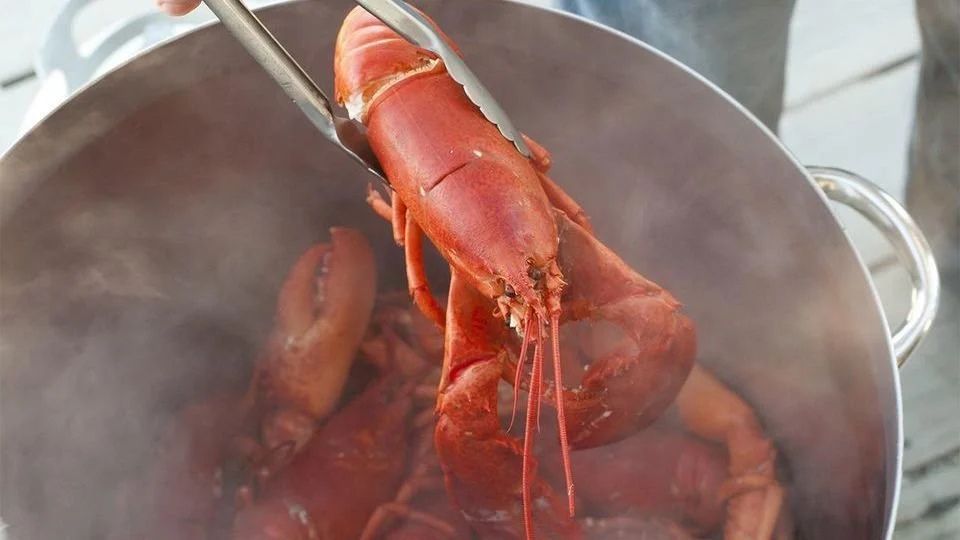
Sous-Vide Method
For those exploring re-heating cooked lobsters how to with precision, sous-vide is unmatched. Seal lobster meat or tails in a bag with butter, then immerse in a water bath at about 130°F (54°C) for 20–40 minutes. This low, steady heat gently warms the lobster without overcooking. The result is silky, tender meat that tastes freshly cooked. Sous-vide works best for shelled lobster used in rolls, pasta, or elegant seafood dishes
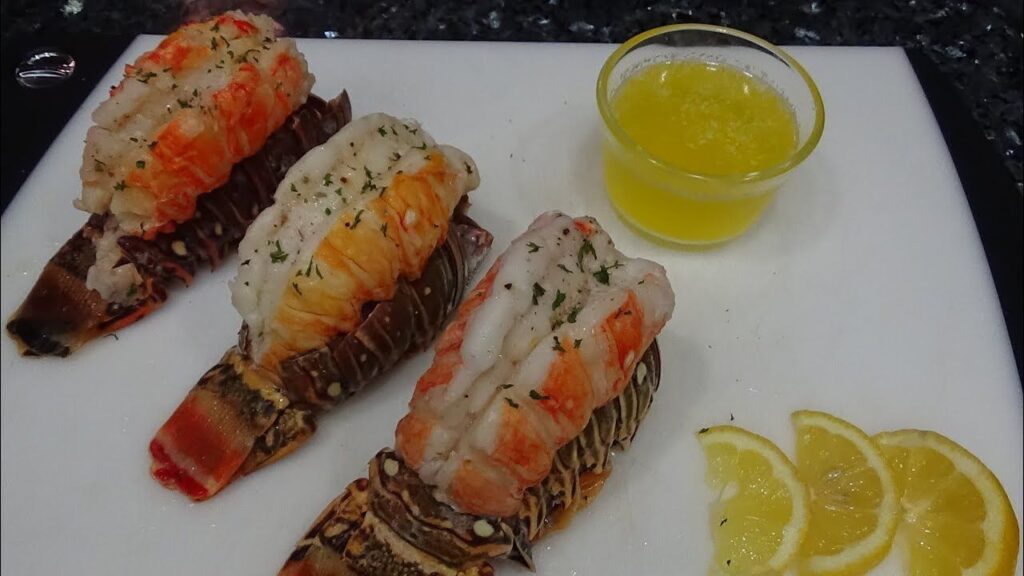
Stovetop Method
If you’re looking for re-heating cooked lobsters how to with speed, the stovetop is a great choice. Place lobster meat in a skillet over low to medium heat, add butter or a splash of water, and cover to trap steam. Warm for 3–6 minutes, turning once for even heating. This method is perfect for shelled lobster meat destined for pasta, risotto, or salads, keeping it tender while adding a rich buttery flavor.
Microwave Method
| Step | Instructions | Best For | Cautions | Better Alternatives |
|---|---|---|---|---|
| Preparation | Place small, shelled lobster pieces on a microwave-safe plate | Small portions of claw or knuckle meat | Avoid using with whole lobsters or tails | Steaming or oven reheating |
| Moisture Control | Cover with a damp paper towel to prevent drying | Helps retain minimal moisture | Paper towel must stay damp | Sous-vide for superior moisture retention |
| Heating Method | Heat at medium power in 20–30 second intervals | Quick warming of small servings | Risk of overcooking and rubbery texture | Oven reheating for tails; steaming for whole lobsters |
| Monitoring | Check after each interval | Ensures meat doesn’t dry out | Requires constant attention | Stovetop butter-basting for rolls |
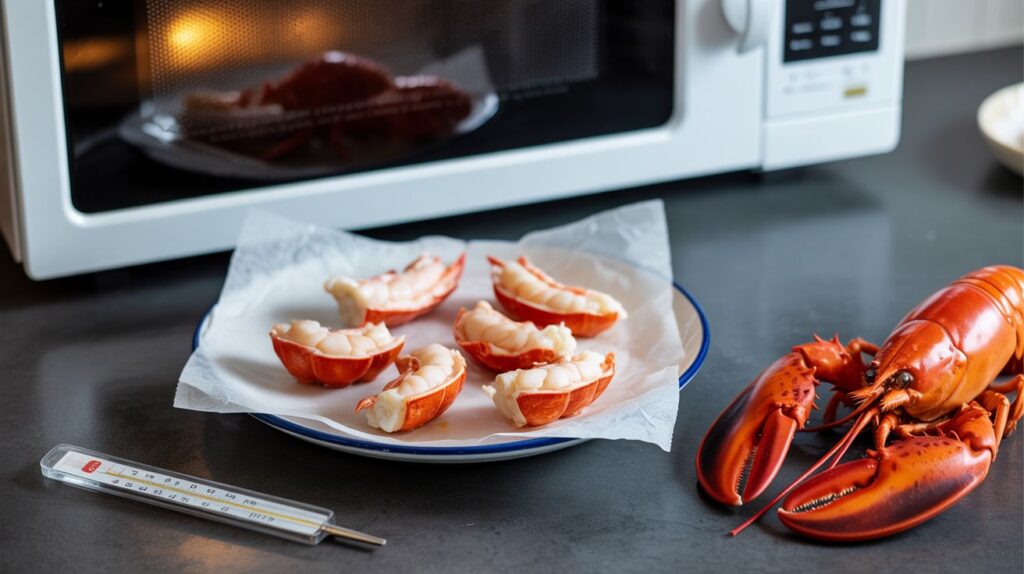
Adjustments for Lobster Types
When learning re-heating cooked lobsters how to, adjust methods for the cut you’re working with. Whole lobsters need longer heating, usually in the oven or steamer, to warm meat evenly in the shell. Tails require careful attention since they dry out fastest, making foil or steam best.
Claws are more forgiving and stay tender with gentle heat. Shelled lobster meat reheats quickly on the stovetop or sous-vide, perfect for rolls, pasta, or salads.
Storage & Leftover Rules
In re-heating cooked lobsters how to, proper storage is just as important as the reheating method. Keep cooked lobster refrigerated within two hours of cooking and consume within 2–3 days. For longer storage, freeze lobster meat for up to three months in airtight packaging.
Always thaw in the refrigerator before reheating. To maintain both safety and flavor, reheat lobster only once—multiple reheats increase the risk of bacteria and lead to dry, tough meat.
Serving Suggestions
After mastering re-heating cooked lobsters how to, elevate the flavor with simple pairings. Serve lobster with melted butter, garlic butter, or a quick lemon-parsley sauce. Add reheated lobster meat to pasta, risotto, or creamy chowder for hearty meals.
For something lighter, use chilled lobster in rolls or salads. These serving ideas enhance tenderness and let the natural sweetness of the lobster shine through.
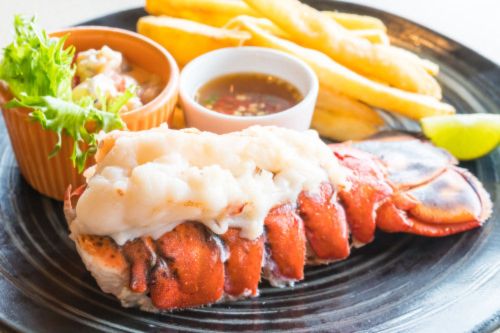
FAQ
Q1: Can you reheat frozen cooked lobster?
A: Yes, but always thaw it first in the refrigerator overnight. Once thawed, reheat using the oven or steaming method for the best results. Avoid microwaving frozen lobster directly, as it leads to uneven heating and rubbery texture.
Q2: Is it safe to reheat lobster more than once?
A: No. Lobster should only be reheated once. Reheating multiple times increases the risk of bacterial growth and significantly reduces texture and flavor quality.
Q3: What temperature should reheated lobster reach?
A: Lobster should reach an internal temperature of at least 140°F (60°C) when reheated. Using a food thermometer ensures the meat is safe to eat without being overcooked.
Q4: How do I reheat lobster for lobster rolls?
A: The stovetop butter-basting method or sous-vide reheating works best for lobster rolls. Both methods gently warm the meat while keeping it moist and tender, making it perfect for sandwiches.
Q5: Can I microwave lobster tails?
A: It’s possible but not recommended. Lobster tails dry out quickly in the microwave, often becoming chewy. For tails, use the oven or steaming method to preserve their delicate texture.
Q6: Should I reheat lobster in the shell or out of the shell?
A: Reheating lobster in the shell helps lock in moisture and protect the meat. However, shelled meat warms faster and works well for dishes like pasta, salads, or rolls.

Eman is the creative force behind Learn to Cook, a culinary platform designed to make cooking simple, inspiring, and enjoyable for everyone. Her journey began more than a decade ago in her childhood kitchen, where she discovered how food could bring people together.
With a Diploma in Culinary Arts and 10+ years of hands-on experience, Eman has trained in five professional kitchens and experimented with 50+ unique recipes across diverse cuisines. Her expertise lies in blending traditional flavors with modern techniques—turning everyday ingredients into extraordinary dishes.
On Learn to Cook, she shares practical cooking tips, step-by-step guides, and tried-and-tested recipes that empower home cooks to build confidence in the kitchen. For Eman, cooking is not just about preparing meals—it’s about creating lasting memories, celebrating culture, and spreading joy through food.



